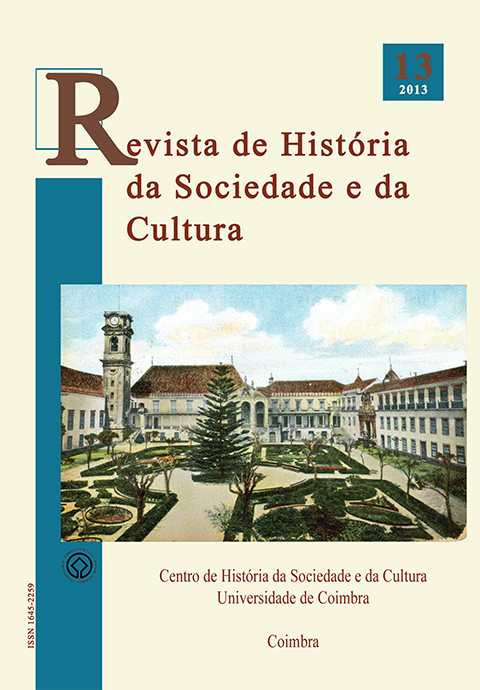Linha de Cascais: muito mais do que uma via-férrea turística, um estímulo à concentração populacional na faixa costeira por ela servida (1911-1944)
DOI:
https://doi.org/10.14195/1645-2259_13_16Keywords:
Contemporary History, Urban History, Cascais Railway, Suburbanization, TourismAbstract
Cascais railway, built in the end of the 19th century and initially having a touristic and sea bathing propose, turned out to be a railway that promoted population's concentration in the suburban and rural areas where it passed by, mainly, between Algés and Cascais. In this study we want to verify: the influence's scope of the railway; which were, in a demographic analysis, the most important settlements and if they already had an earlier importance related to demographic quantitatives and to the presence of a certain activity; and, to finish, what was the character of coast's occupation by the population, namely, if it was continuous or not. It is intended, therefore, through the presence of the railway (and, in the twenties of 20th century, considering its electrification, which made it a lot more attractive), to study Lisbon's suburbanization process to the West, by the coast, a space that, a few years later, integrated Lisbon's Metropolitan Area.
Downloads
Downloads
Published
Issue
Section
License

This work is licensed under a Creative Commons Attribution 4.0 International License.
Authors retain copyright and grant the journal right of first publication with the work simultaneously licensed under a Creative Commons Attribution License that allows sharing the work with recognition of authorship and initial publication in Antropologia Portuguesa journal.











